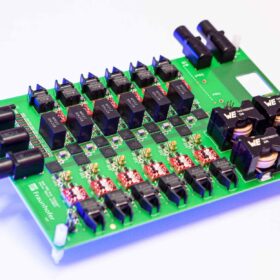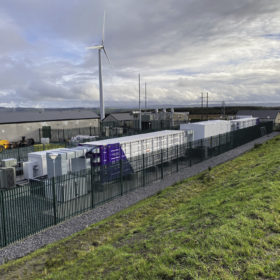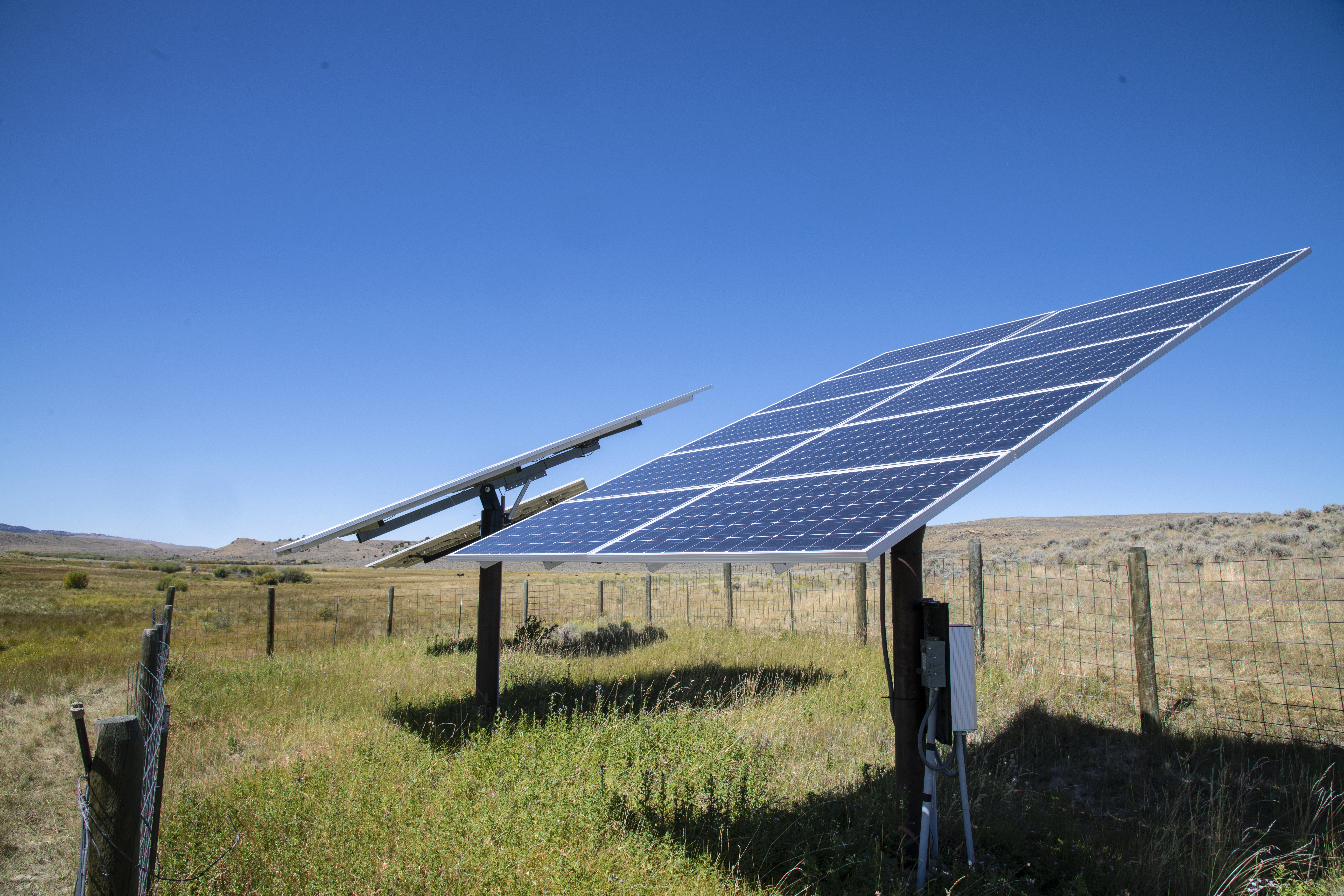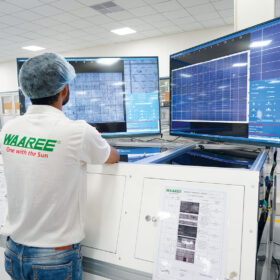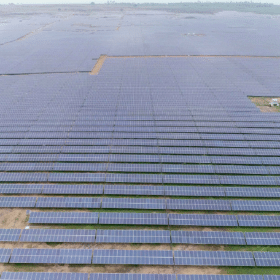Power Electronics plans 20 GW inverter factory in U.S.
Spanish inverter manufacturer Power Electronics has an annual inverter production capacity of 30 GW, but it now plans to build a new 20 GW manufacturing facility in the United States.
German research institute unveils 99.74% efficient power electronics for solid-fuel heat pumps
Germany’s Fraunhofer Institute for Applied Solid State Physics (IAF) has developed an ultra-efficient circuit topology for voltage converters with an electrical efficiency of 99.74%. The tech could considerably raise the coefficient of performance for electrocaloric heat pumps and the scientists are now considering components based on semiconductor gallium nitride (GaN) for higher power density and efficiency.
The long read: Whipping up inertia
Once a natural phenomenon – a fortuitous byproduct of thermal generation – the weaning off of coal has made the emulation of inertia a priority for grid operators. It will be a few more years in most markets before a solution becomes needed with any great urgency. However, some markets have needed to come up with solutions – are they a portal into the future of grids dominated by renewables and power electronics?
Indian scientists develop multi-level inverter for solar water pumps
Researchers from the Vellore Institute of Technology have tested a new inverter topology with a single-phase, induction-motor water pump. The seven-level inverter, with five power semiconductor switches, is said to be particularly efficient at reducing switching losses thanks to a pulse width modulation technique.
Huawei remained world’s largest inverter provider in 2018
The Chinese string inverter giant was the world’s biggest supplier for the fourth year in a row, despite ceding 4% of its global market share, according to analyst Wood Mackenzie. Asia-Pacific was again the largest inverter market, accounting for 64% of global shipments.

